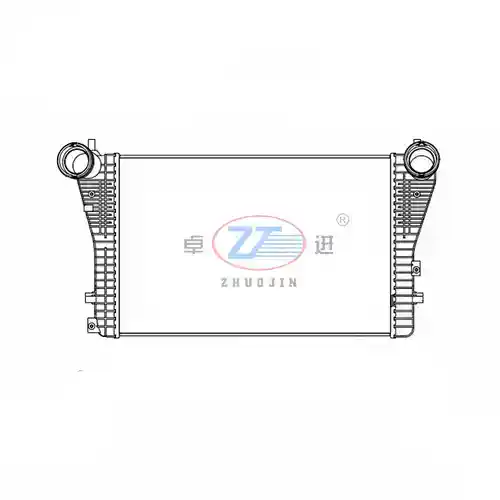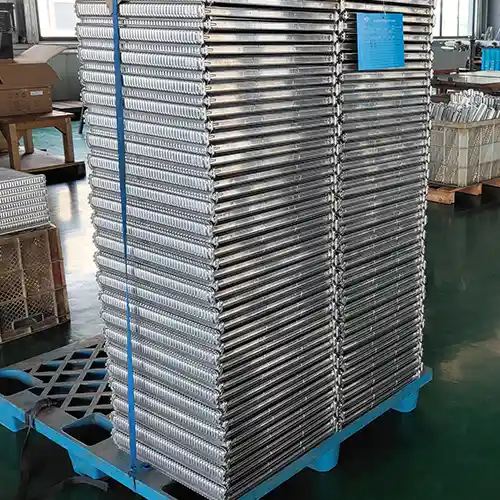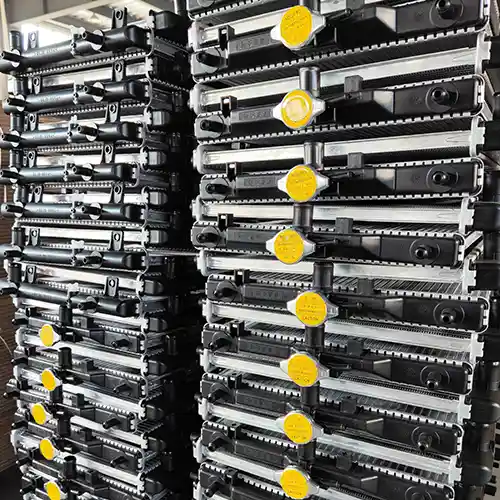



Overview
Our aluminum radiator factory mainly engages in the design, manufacturing, and sales of aluminum alloy radiators.
The factory utilizes the excellent thermal conductivity and lightweight characteristics of aluminum alloy to produce cooling solutions for engines.
The radiator factory must adhere to strict TS16949 quality control standards to ensure product performance and reliability.
aluminum radiator
| radiator oem | core size |
| 130084 | 380x538x22 |
| 1330Q5 | 380x388x26 |
| 1330S1 | 380x388x22 |
| 1330P8/1330P9 | 380x538x16 |
| 214100598R/8200582026 | 585×388×26 |
| 8200735039 | 585×408×16 |
| 214107326R | 510×388×16 |
| 8200468931/8200468913 | 492×398×26 |
| 7700428082/7700428658 | 480×398×22 |
| 6RO121253 | 648x318x26 |
| 1K0,121,251P/F/E | 650x398x22 |
| 5N0.121.253.F/M/L/P | 650x428x26 |
| 5Q0121251P | 650x390x22 |
| 1640021080/1640021060 | 350x488x16 |
| 1640021270/16400OM060 | 350x488x16 |
The production process of aluminum radiator factory
1, Design and development:
Based on market demand and technological trends, design the structure and heat dissipation performance of heat sinks,
2, Material selection and pre-treatment:
Select suitable aluminum alloy materials and carry out pre-treatment work such as cleaning and cutting.
3, Forming process:
Each part is produced according to different processes, which determine the shape and size of the radiator.
4, Assembly:
Aluminum radiators are usually composed of multiple components and require special processes for assembly, This type of core assembly machine requires special customization
5, Quality testing:
Through a series of performance tests, such as thermal resistance testing, pressure testing, and durability testing, ensure that the product meets quality standards.
6, Packaging and logistics:
Qualified products are cleaned, packaged, and shipped to customers or markets through appropriate logistics channels.
Aluminum radiator factories need to comply with relevant environmental regulations during the production process to ensure that the impact of production activities on the environment is minimized.
At the same time, in order to improve competitiveness, factories also need to constantly innovate, improve product heat dissipation efficiency, reduce costs, and optimize production efficiency.




 wechat
wechat